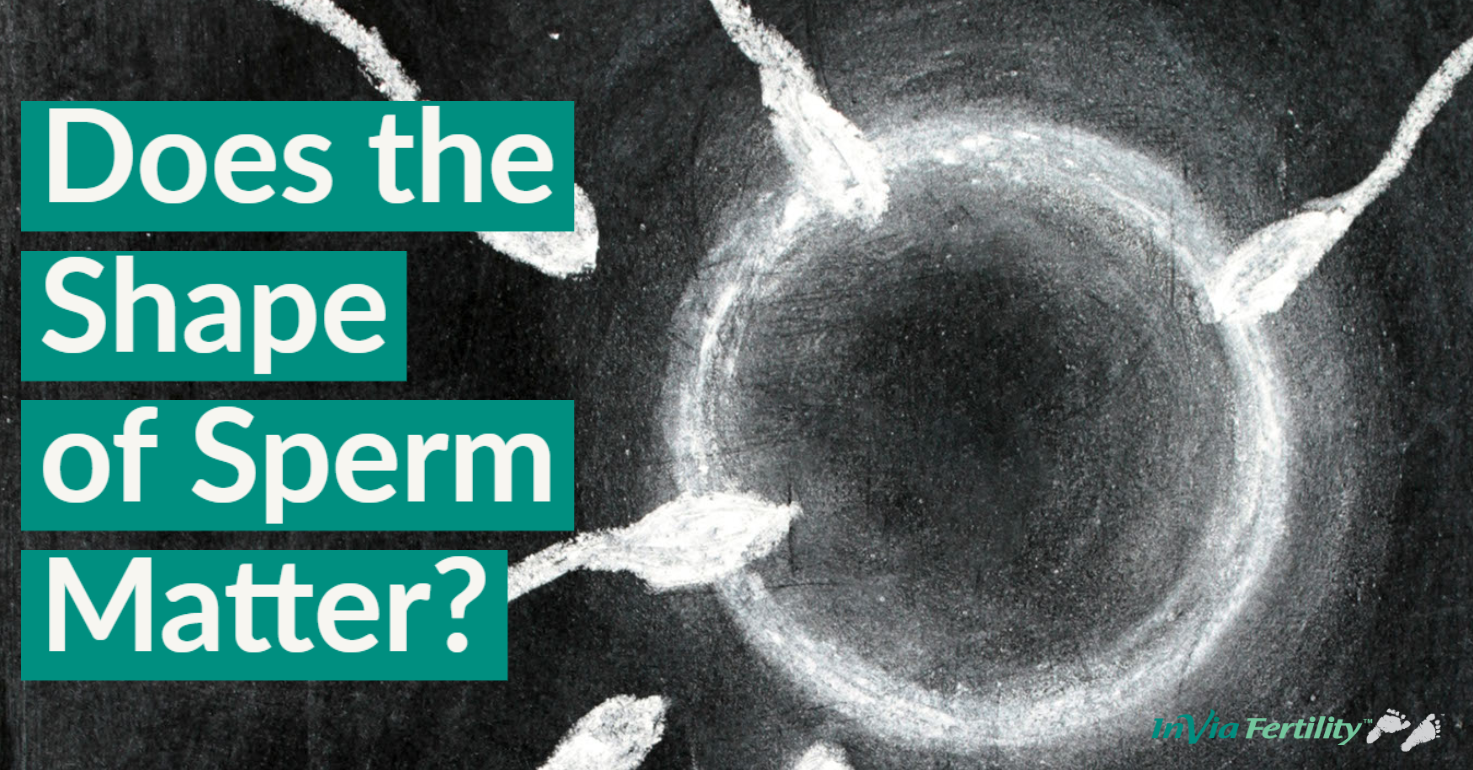
For many decades, we focused mainly on sperm count and motility when doing a semen analysis. For the past 25 years or so, especially with the advent of in-vitro fertilization (IVF), fertility treatment providers have realized the importance of sperm morphology (shape). Sperm morphology reflects the quality of sperm production (spermatogenesis). Abnormal morphology (teratospermia) is associated with male factor infertility with reduced fertilization and pregnancy rates.
For years, we used to use the World Health Organization (WHO) criteria for assessing morphology. These criteria were fairly liberal and a value > 70% oval forms was considered to be normal. However, we at InVia have changed our assessment standards, because we've found that the old WHO criteria have very little value in predicting fertilization in IVF cycles.
It was in the late eighties that a group of South African researchers headed by Thinus Kruger came up with a new set of “strict” criteria (or Kruger, or Tygerberg criteria) for defining “normal” sperm. Very specific criteria need to be met before a sperm can be called "normal". In fact, 15% was the threshold for a sample being called "normal". What this means is that it is okay for 85% of the sperm to have an abnormal shape!
A normal sperm has:
Abnormal spermatozoa may have head abnormalities, mid-piece defects, tail defects, or are present with cytoplasmic droplets.
The advantage of using “strict” morphology criteria is that it can predict fertilization efficiency in IVF cycles. Conventional fertilization rates are highest when the percentage of morphologically normal sperm was > 14%. Fertilization rates were poor when there were < 4% normal sperm (P pattern). They were intermediate when the normal forms were 5 – 14% (G pattern).
When the number of normal forms is < 4%, there usually is reduced count and or motility as well. In these patients, intracytoplasmic sperm injection (ICSI, where a single sperm is injected directly into the center of an egg using a micromanipulator) remains the treatment of choice. It remains controversial as to whether ICSI is indicated when there is isolated teratospermia (normal count and motility).
Some studies suggest that in patients with a mildly abnormal semen analysis, IUI may increase the chance of pregnancy compared to intercourse. Others have found no advantage of one over the other. There, however, is no defined threshold value, which excludes the possibility of pregnancy with intercourse or IUI.
No. There is no scientific link between sperm morphology and its chromosomal content.
Improving your lifestyle may help. Eliminate the use of tobacco and recreational drugs. These may hurt sperm DNA (material that carries your genes) quality. Studies have not shown a clear link between caffeine consumption and changes in sperm shape.
Unfortunately, dietary supplements or vitamins have not been shown to improve sperm morphology. Some urologists do recommend you take a daily multivitamin to improve your general well being including reproductive health.
To see a fertility specialist who is a board-certified physician with excellent success rates, make an appointment at one of InVia’s four Chicago area fertility clinics.

Entire Website © 2003 - 2020
Karande and Associates d/b/a InVia
Fertility Specialists
